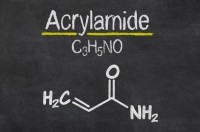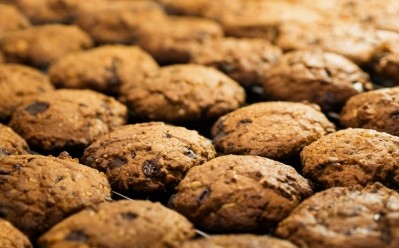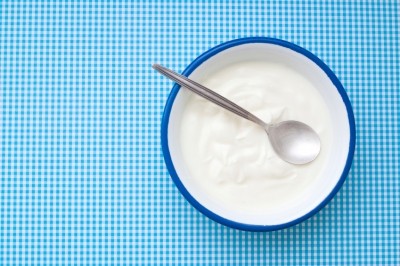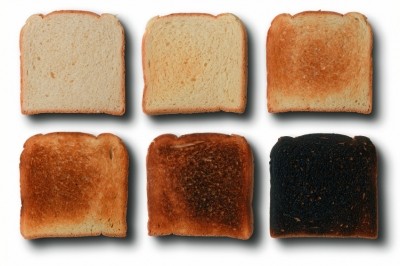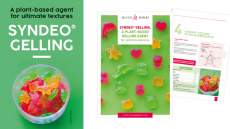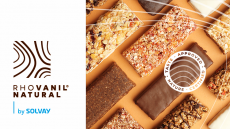Norwegian consumer group warns of acrylamide in Christmas gingerbread

Acrylamide is mainly formed when carbohydrate-rich foods are processed at temperatures above 120 C degrees, such as by frying, roasting or baking. Levels can vary widely for foods in the same category, such as crisps, depending on how long the potatoes have been stored and the amount of browning or frying time.
The consumer group took 15 samples of gingerbread, a popular snack during Christmas and the Advent period in Norway, available in Norwegian supermarkets.
None of the samples had an acrylamide content higher than the European Union’s indicative levels (1000 mcg / kg), which was welcomed by technical director for trade at the Consumer Council, Gunstein Instefjord, said it was positive to see that levels were not as high as expected.
To monitor the efficacy of these voluntary codes of practice, the European Commission recommends that member states regularly test for acrylamide in food but this recommendation is not legally binding.
It has also set a range of indicative values for acrylamide levels in different food groups.
These indicative values are not legally binding, and are intended to be used as benchmark levels to assess the extent to which the codes of practice has been applied by food manufacturers.
However, public health campaigners and consumer groups have been calling on the Commission to set legally binding limits for this naturally-occurring and potentially carcinogenic contaminant.
However, there were huge differences, ranging from 38 to 810, with some of the highest and lowest levels from products made by the same manufacturer.
The highest level was 810 mcg / kg in Sætre Figure Baked Gingerbread and the second highest was Bertha Bertil Gingerbread Figures, with 670 mcg / kg.
Meanwhile the lowest levels we found were at 38, 42 and 49 mcg / kg respectively, in Bertha Gingerbread Figures, Sætres Best Gingerbreads and Baker Hansen Gluten-free Gingerbread.
"The type of cakes that contain most, contains 21 times more acrylamide than those with the least. [...] Based on these results, we must assume that many manufacturers do not have a systematic approach to acrylamide reduction,” Instefjord added.
Horn salt
The consumer group also warned about the use of ammonium bicarbonate in baked goods which is known to increase the levels of acrylamide.
Also known as horn salt and listed as E503 in Europe, it is used as a leavening agent in some thin baked goods such as biscuits, cookies or pancakes.
“It is interesting to observe that three manufacturers still use ammonium bicarbonate, when it is well-known that this increases acrylamide formation and they have been advised to use other leavening agents. Ammonium bicarbonate is used in the two types of gingerbread that have by far the highest levels of acrylamide.”
“The Norwegian Consumer Council believes that it should be illegal to sell foods with high levels of acrylamide in order to protect the consumer’s health. There must be legally binding limits for how much acrylamide may be in the different foods.”
The full report can be downloaded here (in Norwegian)
Since 2006 the European food industry has been using a ‘toolbox’ of codes of best practice to voluntarily reduce acrylamide in food. It last updated this toolbox in 2014.
